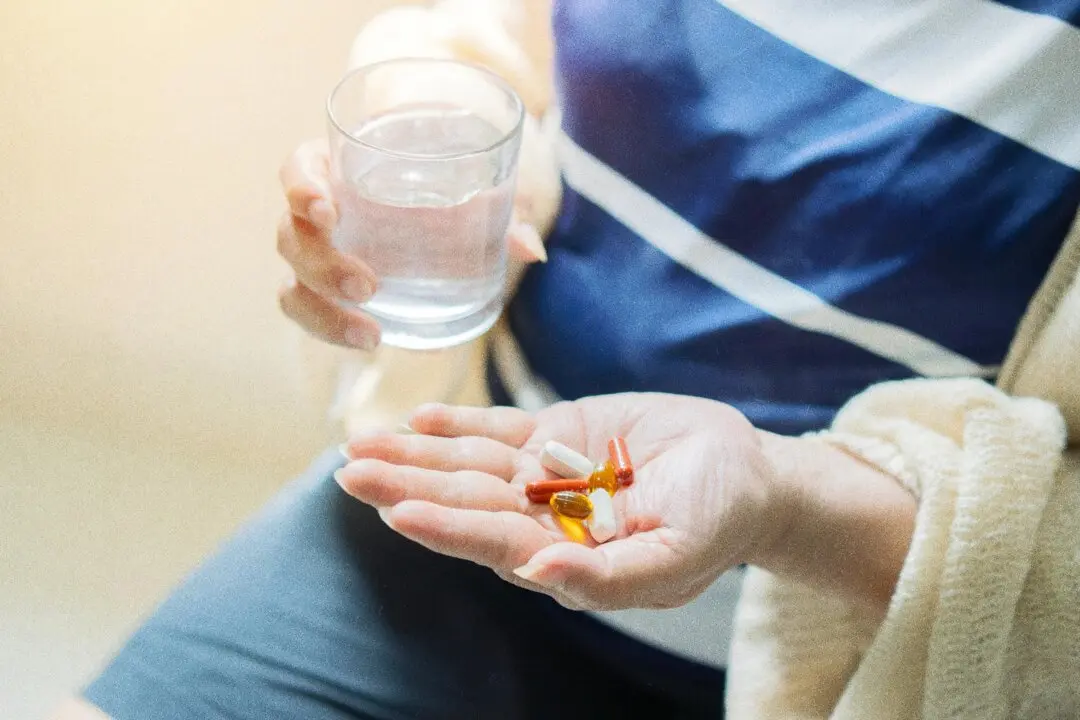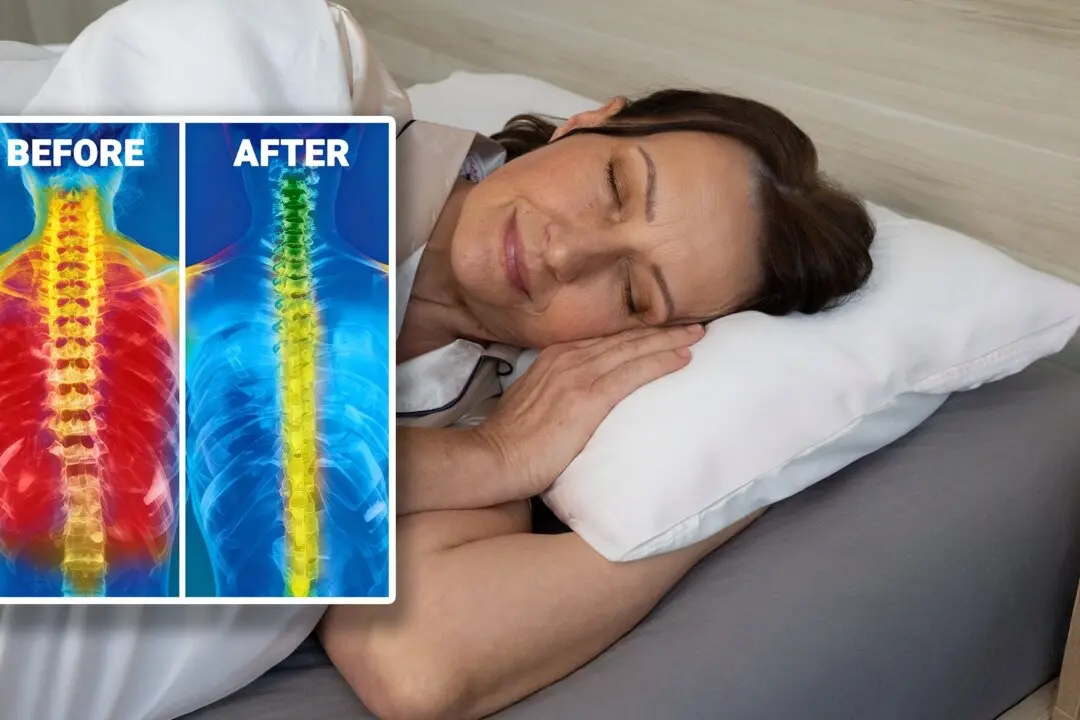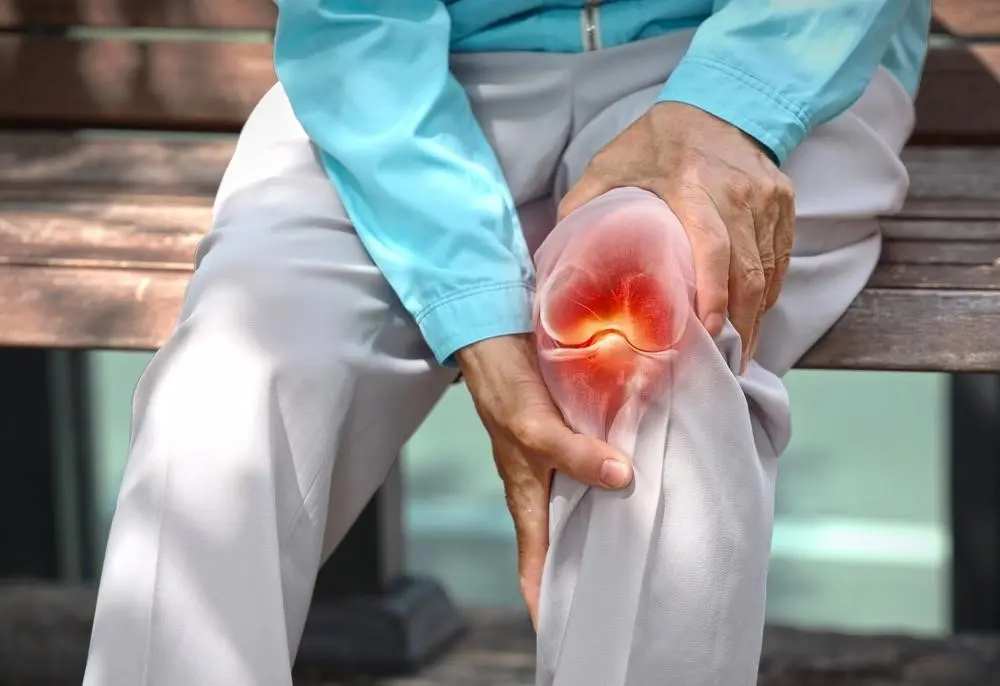If you have creaky, painful knees, you’re not alone.
In the United States, an estimated 31 million adults have osteoarthritis (OA), according to the Arthritis Foundation. Women are far more likely (than men) to suffer the pain of OA as they get older, especially in the knees, statistics show.





